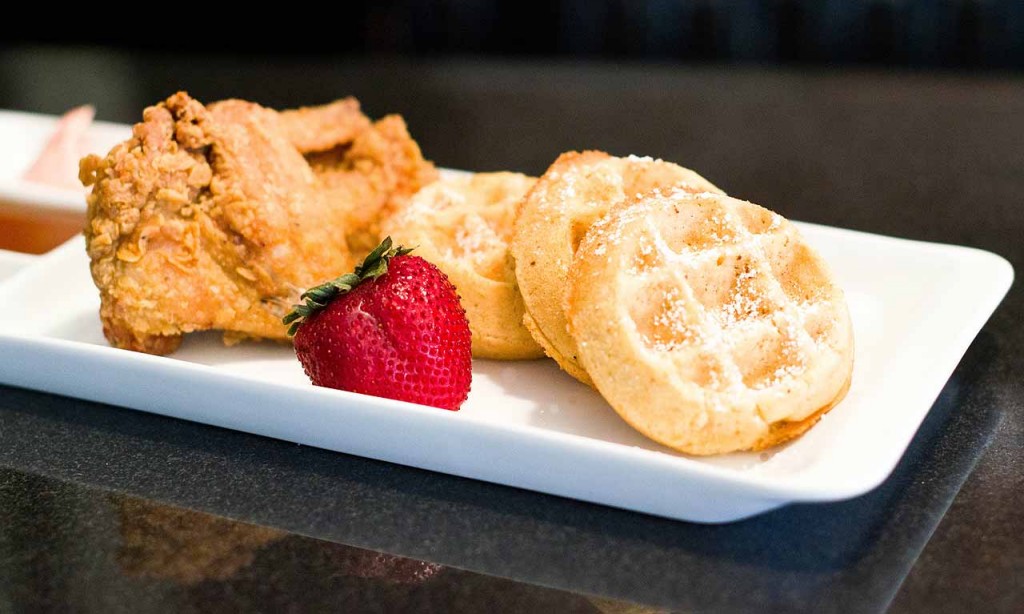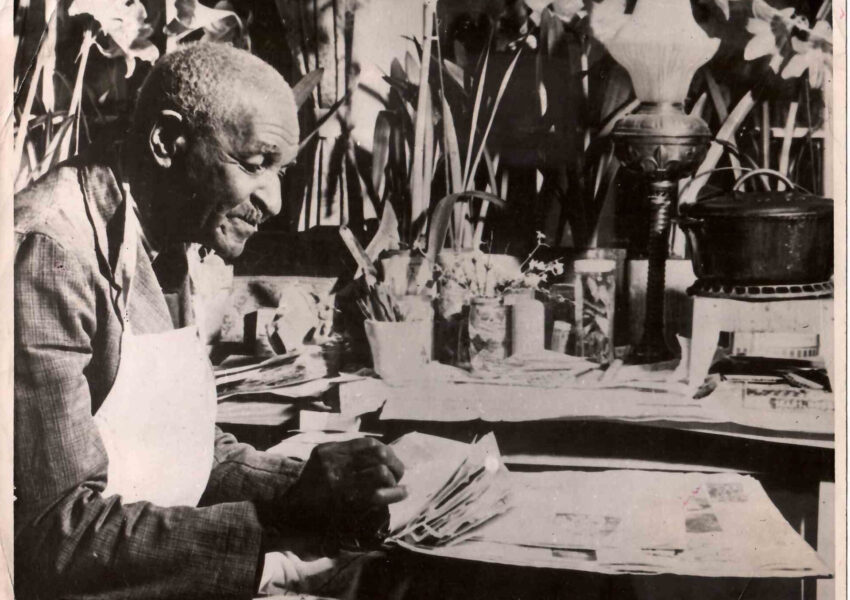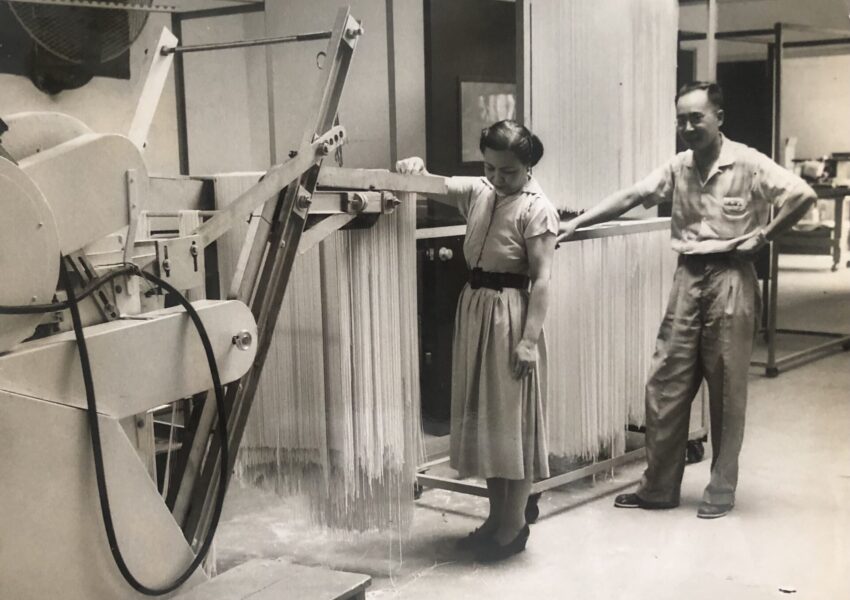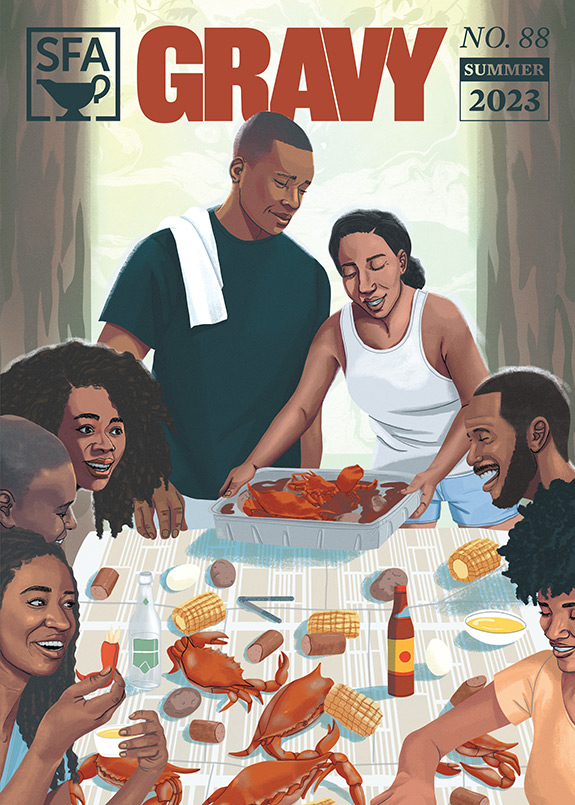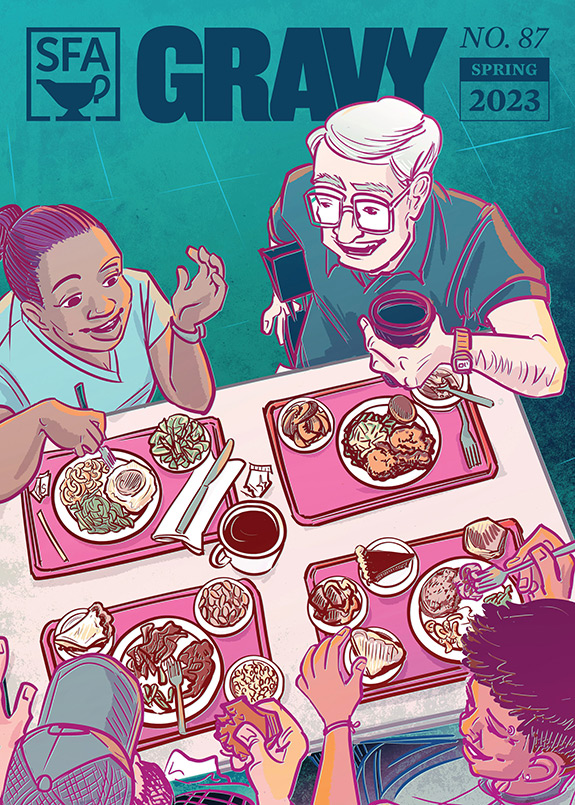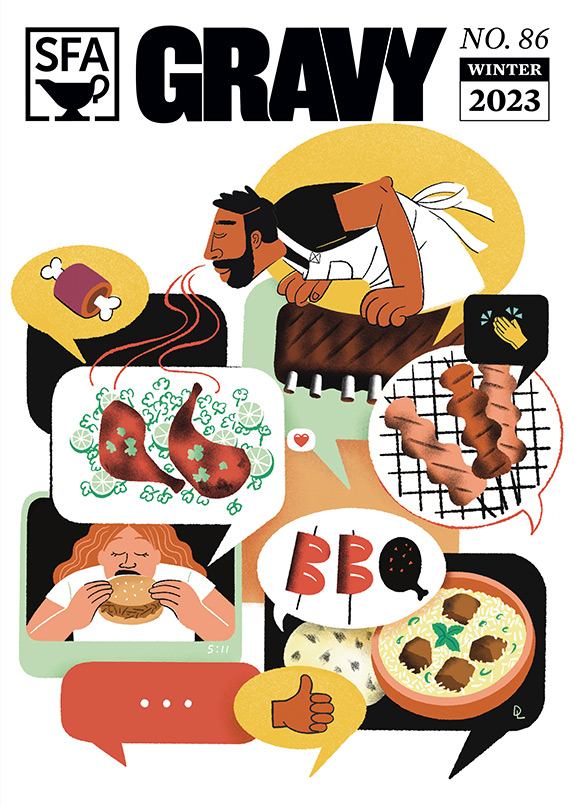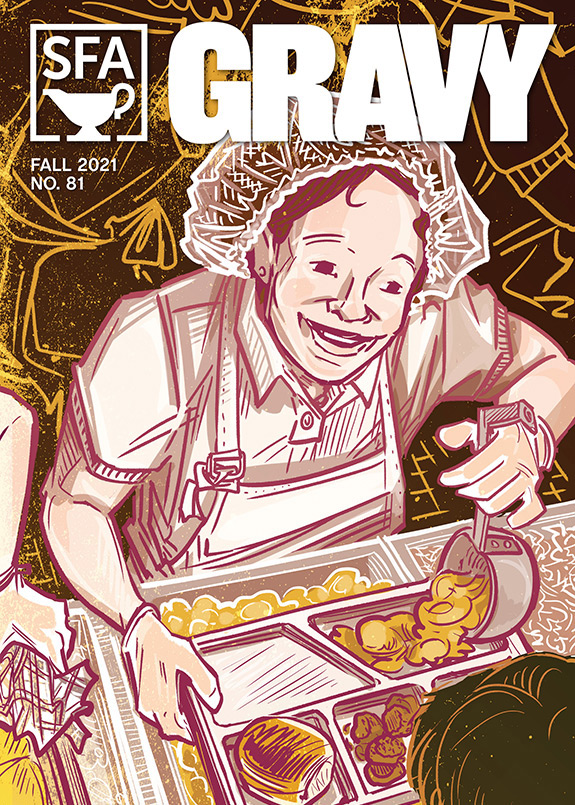It’s easy to love fried chicken. The light crunch of a crisped wing or leg, followed by the moist meat of the interior; it’s understandably beloved.
But there is more going on with this comfort food than you might think. Fried chicken has both been the vehicle for the economic empowerment of a whole group of people—and the accessory to an ugly racial stereotype. How can something so delicious be both? In this episode of Gravy, Lauren Ober goes from a Virginia Fried Chicken Festival to a soul food restaurant in Harlem to find out.
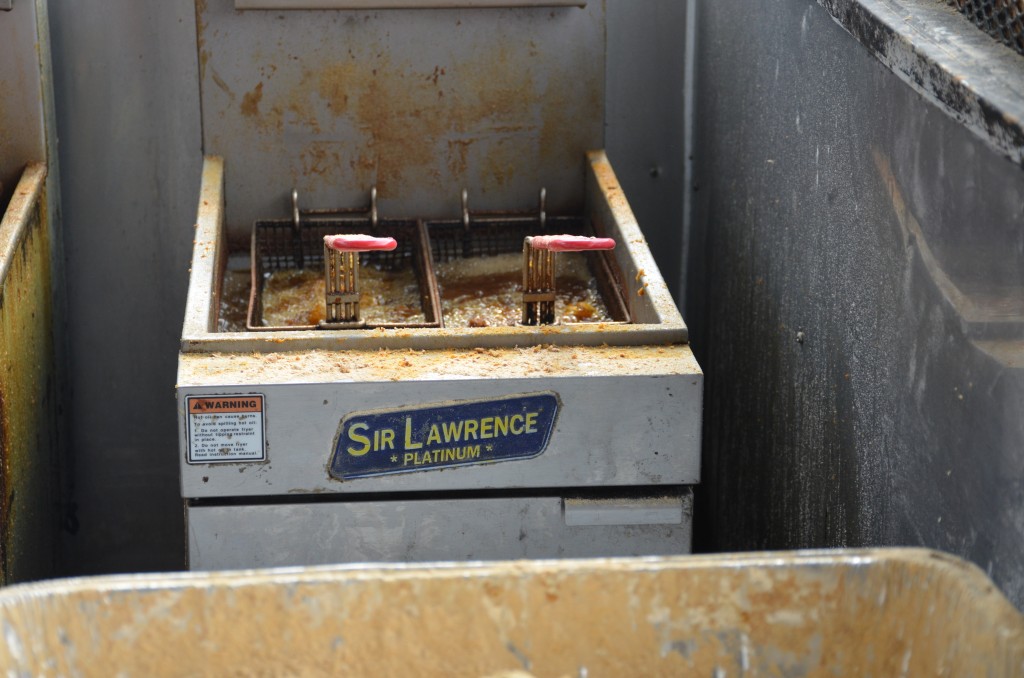
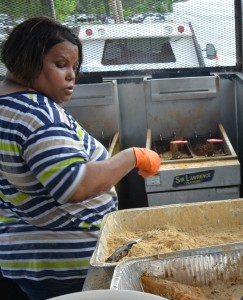
You can find Psyche Williams-Forson’s book “Building Houses Out of Chicken Legs: Black Women, Food, and Power” here.
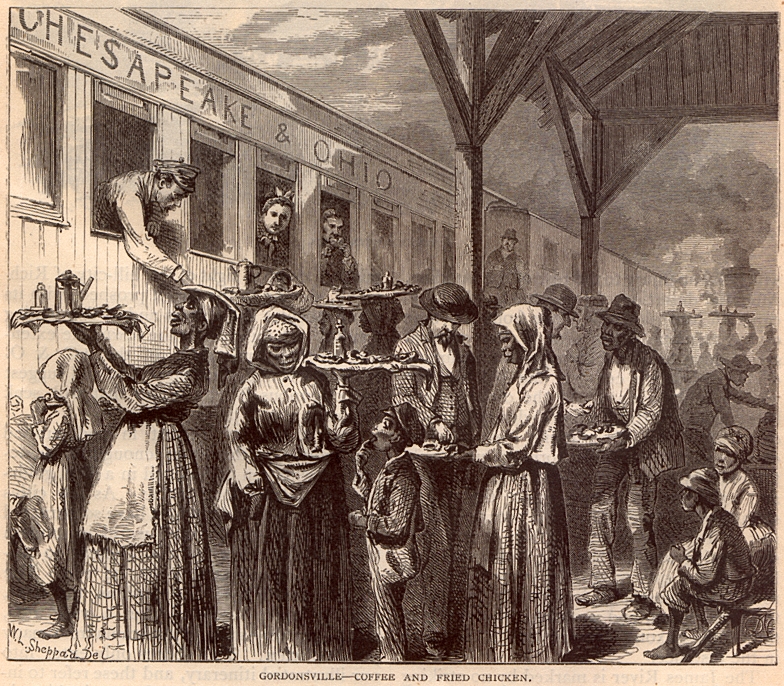
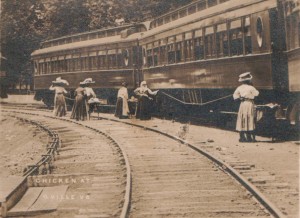
Karen Cox’s book “Dreaming of Dixie: How the South Was Created in American Popular Culture” is here. And here’s Karen’s blog post about that ad campaign for Glory Foods.
The town of Gordonsville, VA, home to the Waiter Carriers that Lauren describes in the story is here.
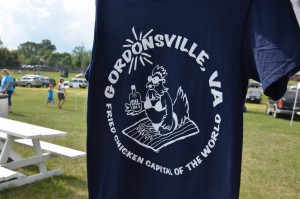
Melba Wilson’s restaurant in Harlem, Melba’s, is here.

